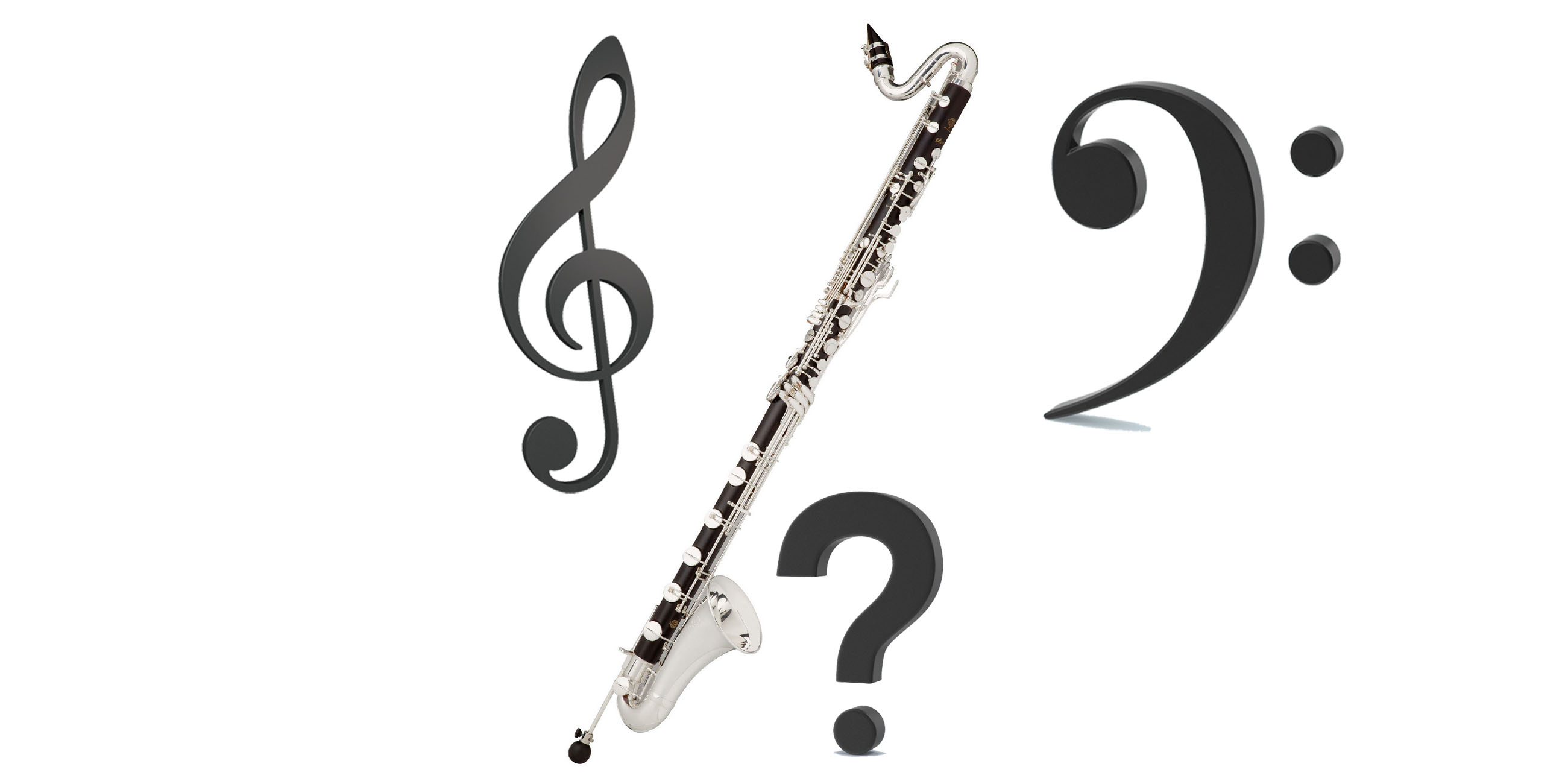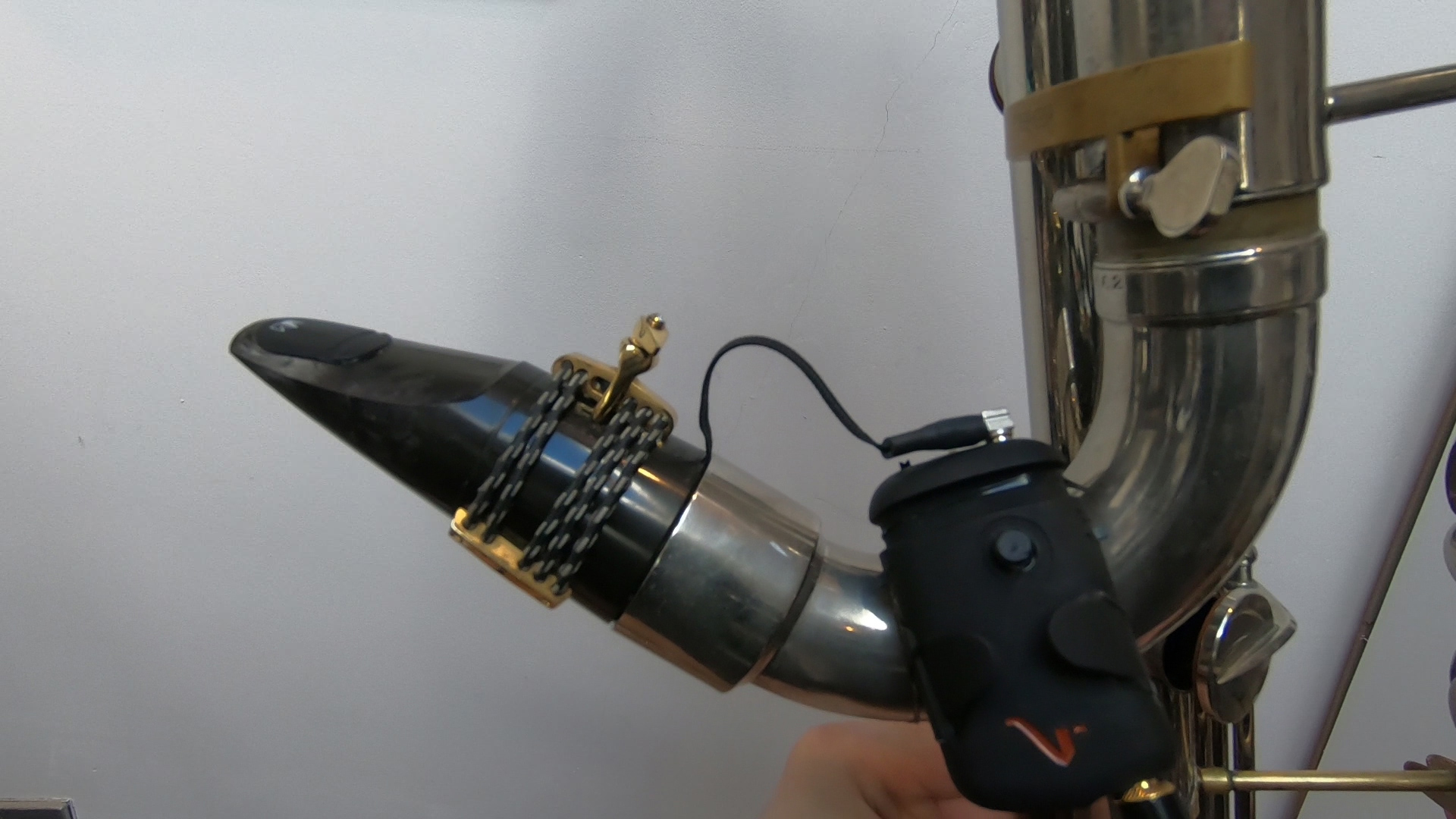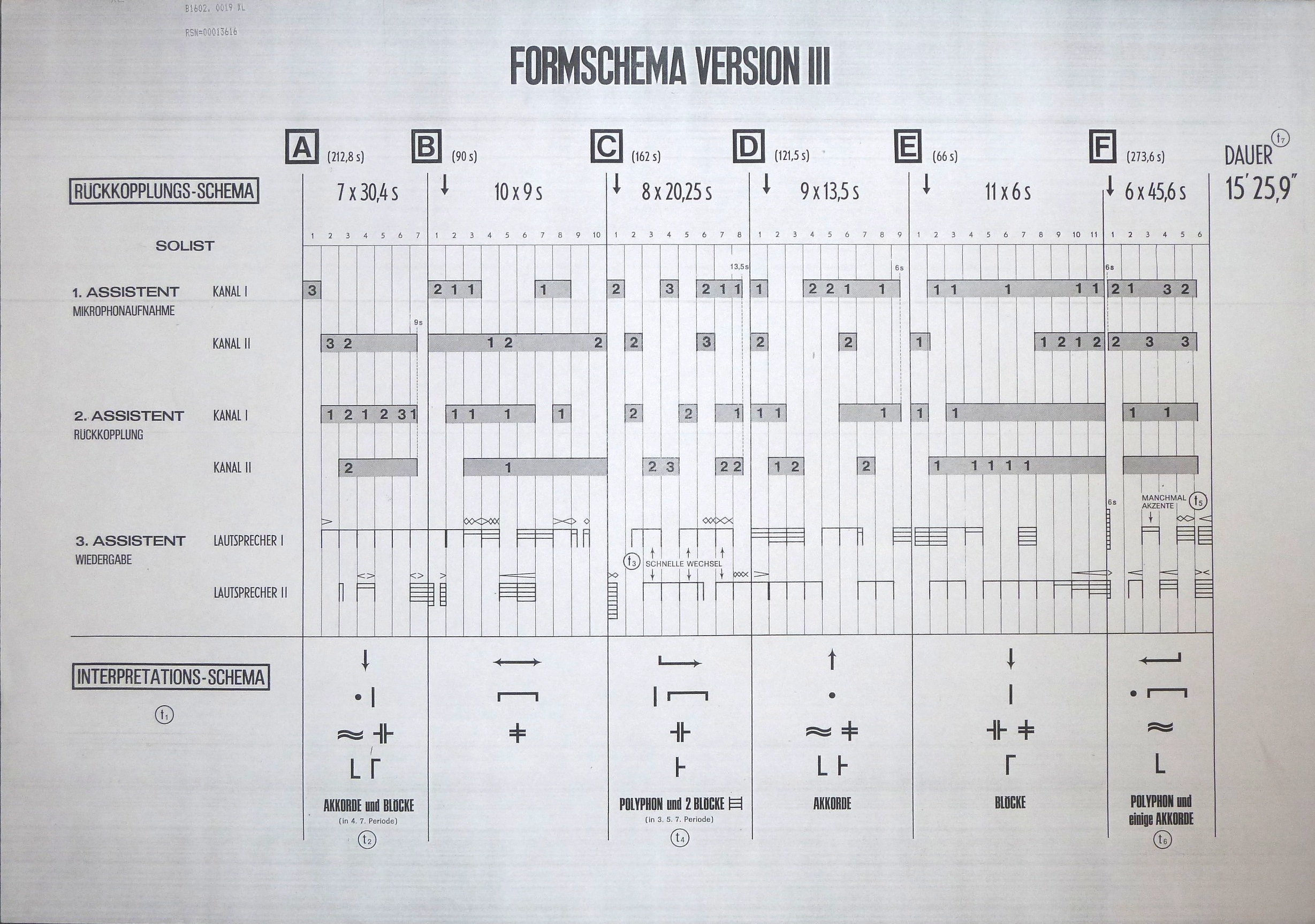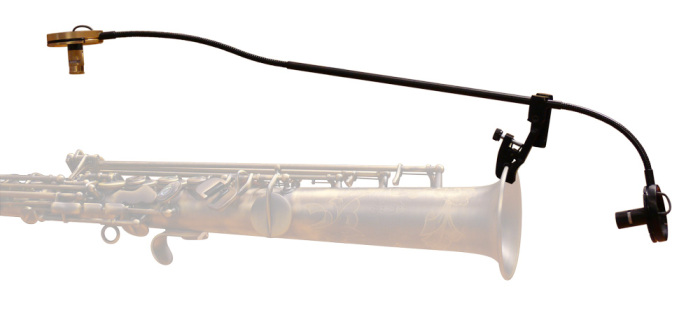Are you playing a piece for bass clarinet that uses both bass and treble clefs? Confused about which octave you should be in? Read this!
The Intramic is similar to pickup-style mics which are fitted onto the barrel or neck of a clarinet or saxophone. The key features of these types of mics are:
*Don’t produce feedback
*Isolated from other instruments on stage
*Even coverage of the entire range of the instrument.
However the Intramic DOESN’T REQUIRE DRILLING INTO THE INSTRUMENT!!
The first Istanbul Woodwind Festival was held this year 2016 from 29 June – 3 July, and Shadanga Duo had the pleasure of performing.
Six months after 20 musicians/composers/sound artists met in Nida, Lithuania for the New Music Incubator, we reconvened in Oslo for the Ultima Contemporary Music Festival, which was also hosting the Nordic Music Days.
The International Clarinet Association’s annual ClarinetFest was held in Baton Rouge, Louisiana this year, and I was invited to perform Stockhausen’s “Solo für melodieinstrument und Rückkopplung”. The piece was written in 1966 for any melody instrument and delayed feedback. To perform it then required the assistance of at least four people to operate the different elements of the delay system, which include the recording, the playback, and the speakers. Using the software Max/MSP with my laptop, I’ve developed a patch so it can now be performed with a computer doing all these tasks. Harry Sparnaay, the pioneer of the modern bass clarinet, has even mentioned my performance in his book.
Micing a clarinet, and especially a bass clarinet, is difficult. I had a list of several requirements of a microphone…






